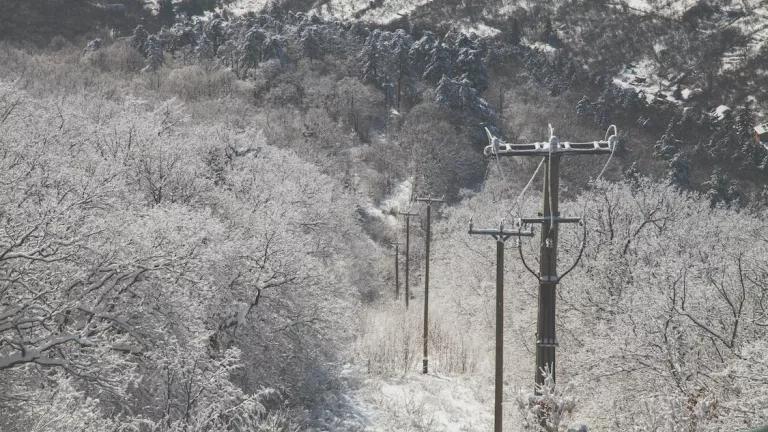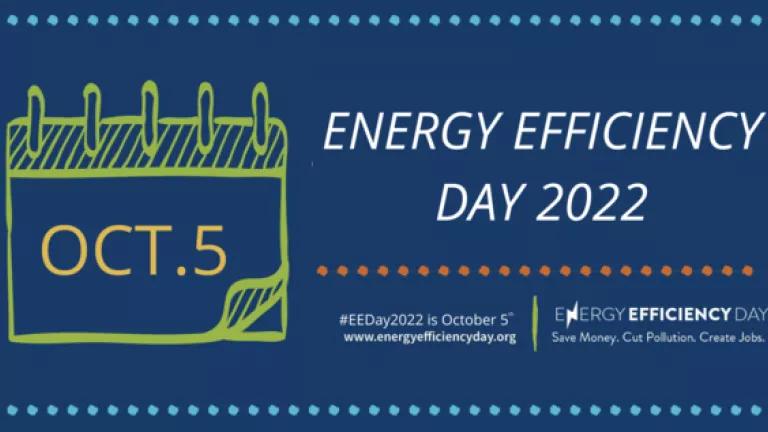New England’s Dependence on Gas Threatens Winter Reliability
It’s Autumn in New England and that means brilliant fall foliage, apple picking, warm cider by a hot fire and, these days, anxiety over whether there will be enough fossil gas to heat homes and businesses through the long, cold winter.

Photo by Mira Kemppainen on Unsplash
To get off this cycle of winter angst, New England needs to invest in more fuel-free clean energy solutions, which will provide the low-cost, reliable energy the region needs. While some want to double-down on depending on gas, that’s the wrong choice for many reasons.
The Winter Assessment
In its latest winter assessment, grid operator ISO New England (ISO-NE) sounded a familiar note. Under mild-to-moderate winter conditions, the region’s power grid is expected to hold up without service interruptions. Under more extreme winter conditions, such as sustained cold coupled with an outage at a large power plant or Liquefied Natural Gas (LNG) terminal, rolling blackouts are possible.
It’s a recurring challenge for power providers, many of which forgo signing long-term gas supply contracts, hoping instead there will be adequate supplies on the spot market. That calculation puts the grid (and all the homes and businesses it serves) at risk of blackouts and price spikes when supplies are unavailable or short. (When gas supplies are tight, residential customers who use gas for heating and cooking get access first by virtue of delivery contracts with local utilities.)
Add to the mix the geo-political implications of Russia’s invasion of Ukraine, which has helped push gas prices up, and New Englanders have plenty to worry about. U.S. spot prices for gas used for heating and power generation are expected to rise this winter to a monthly average of $9.10 per million British thermal units, the highest since 2008, the U.S. Energy Information Administration said in a September 7 press release. Meanwhile, U.S. gas inventories are expected to be 7 percent below the previous five-year average at the end of October.
New England’s overreliance on gas, a problem years in the making, threatens the safety, security and economic prospects of the region. As a new report from the Sustainable FERC Project coalition and member groups explains, to solve this problem, the region needs to get off the gas crisis carousel and invest in short-, medium-, and longer-term clean energy solutions that will lower costs, diversify the grid, and reduce dependence on fossil fuels that are both driving climate instability and proving to be unreliable under certain circumstances.
Heading towards winter, New England debates the role of gas
Earlier this month, the Federal Energy Regulatory Commission, or FERC, which oversees ISO-NE, convened a stakeholder forum in South Burlington, Vermont, to examine New England’s winter gas problem and begin identifying solutions.
In the short term, heading into winter 2022-2023, ISO-NE and several other forum participants argued that the options are limited. During an extended freeze, power generators may turn to oil-based fuels to keep the lights on and the heaters running, though that means relying on older, dirtier plants that spew more global warming gases and other harmful air pollutants. Some stakeholders argued that New England should continue to support gas infrastructure. This includes an LNG import terminal in Everett, Massachusetts, which ISO-NE, with FERC’s approval, previously agreed to bail out, costing ratepayers hundreds of millions of dollars.
But as FERC Chairman Richard Glick noted, New England can’t just keep doubling down on expensive gas, which has become only more expensive and uncertain over the last year. “We have to talk about what else needs to be done, because relying on importing LNG, as we’ve seen world events over the last year, just is not a sustainable solution,” Glick said at the conference.
New England needs (and has) more clean energy solutions
Doubling down on LNG and pipeline gas, the very fuel responsible for winter reliability issues, is counterproductive. It’s even worse when we consider that burning more fossil fuels like gas worsens climate change, increasing incidents of extreme winter storms and Polar Vortex fluctuations that send Arctic air deep into the U.S.—further stressing New England’s grid.
There is a way off this carousel of crisis and unnecessary costs. By accelerating investments in clean energy solutions, ISO-NE can not only help decarbonize the region’s power grid but bring opportunities to make the grid more reliable and lower energy bills.
Adding more wind, solar and energy storage to the system is key to reducing reliance on gas. Following a brutal, 16-day cold snap in the winter of 2017-2018 that saw electricity prices spike and generators rely heavily on dirty, oil-burning power plants, ISO-NE found that even a modest 1,600-megawatt offshore wind farm would have lowered the cost of power production by as much as $85 million and carbon dioxide emissions by 11 percent during the cold snap, while relieving pressure on the region’s limited oil and gas supplies. Massachusetts is currently seeking to build 5,600 MW of offshore wind by 2027.
Citing and building these projects takes time, but fortunately, the region also has solutions that can be implemented rapidly—if grid operators prioritize and take advantage of them—to help us get through the transition. We need only look west to California for near-term solutions to avoid blackouts and protect the environment. During a seven-day heatwave over the Labor Day weekend that turned California and neighboring states into a virtual furnace, grid managers kept the lights on by calling on customers to voluntarily conserve energy during demand peaks. California’s demand response program includes a system in which the state sends out waves of text notifications asking customers to conserve during critical periods. California also leads the nation in utility-scale battery storage with 3,163 MW as of June 1, more than anywhere in the U.S., according to grid operator CAISO. More than 80,000 residential solar batteries were also available to feed the grid during peak demand, according to an article in Solar Power World.
New England should invest now in scaling up and deploying demand response programs for the upcoming winter heating season to ensure the region is ready to keep the lights on and heaters running during the coldest winter days and nights. In many cases, these programs already exist to respond to summertime shortages. With proper compensation and better signals from ISO-NE, these clean-energy services can play a key role in winter reliability. New England states should also expand existing energy efficiency programs to provide targeted relief during the winter, not only during the summer. Better management of battery storage, thermostats, and electric vehicle chargers in homes could also delivery meaningful benefits in the winter. Under current rules, the value of winter energy savings through measures such as these is lost because they are not recognized and compensated for.
“As New Englanders confront yet more warnings about the reliability of the electric system during the winter, it’s worth asking whether it must be this way,” according to the Sustainable FERC Project coalition report. “Every reduction in gas dependency will make New England’s grid more reliable, less expensive, healthier for communities, and far less damaging to the stability of the climate.”


